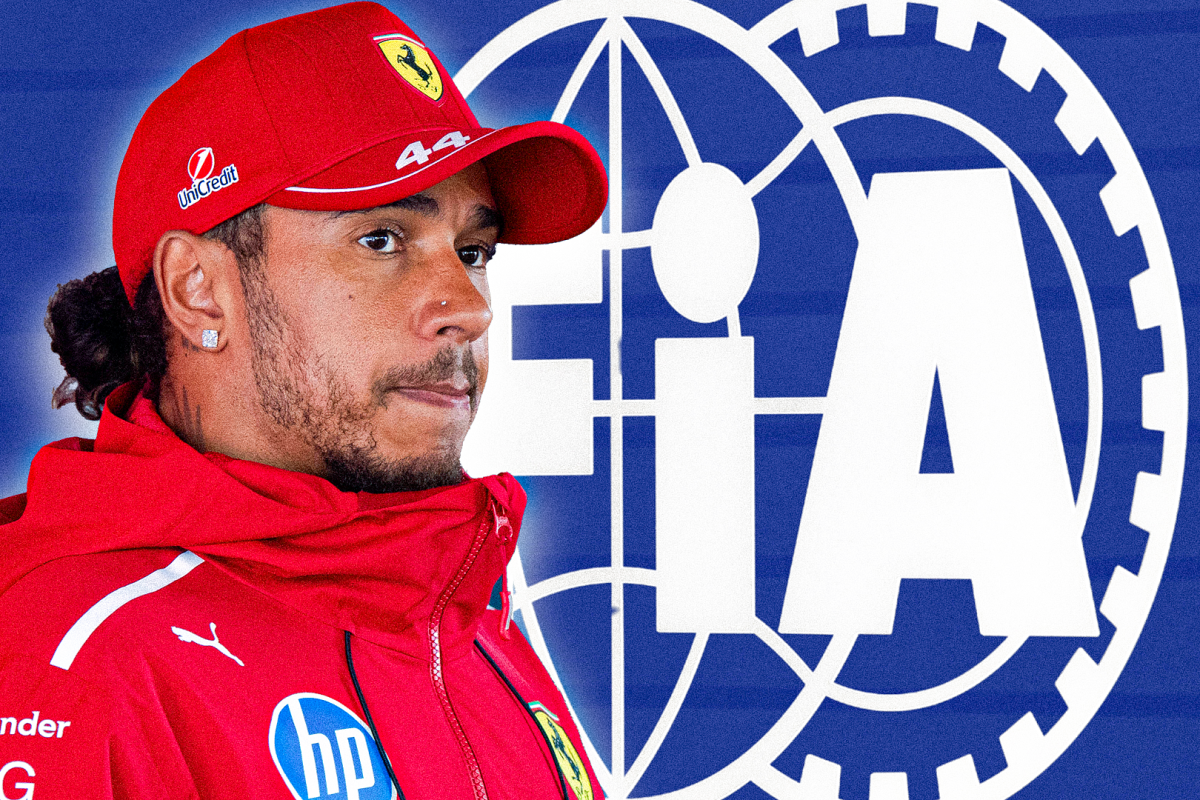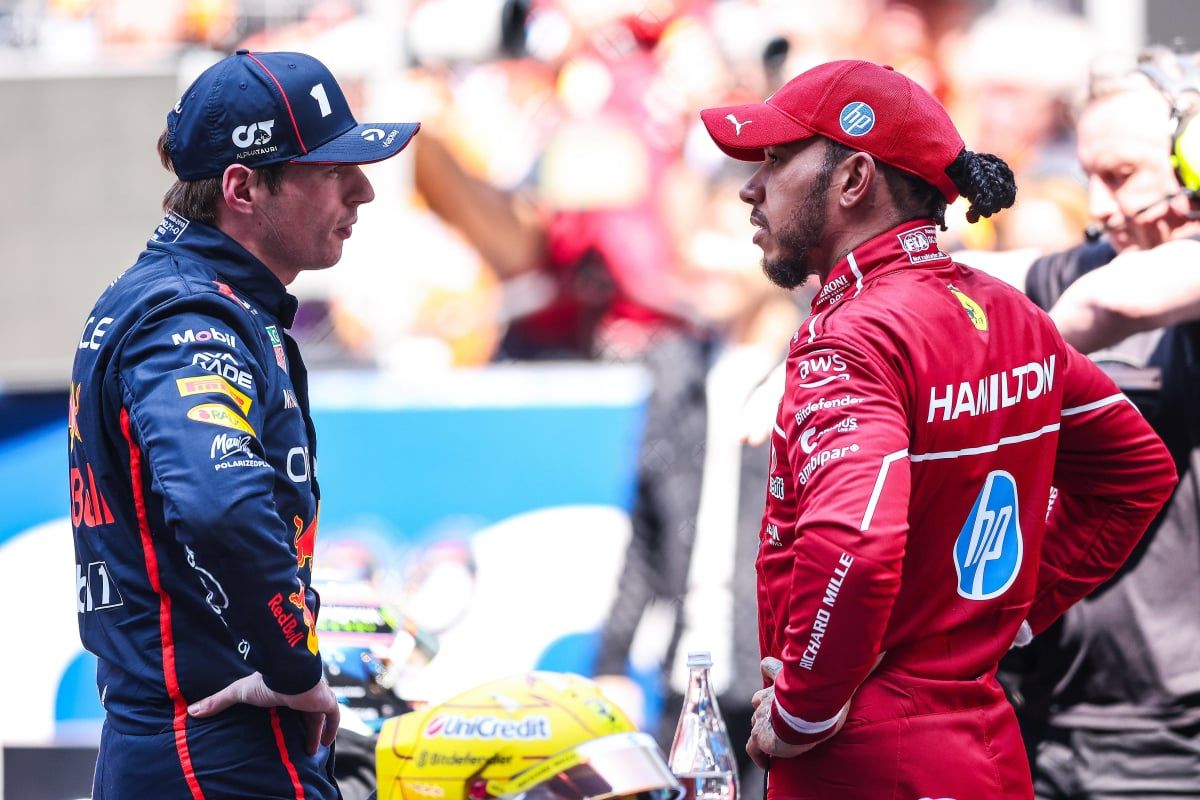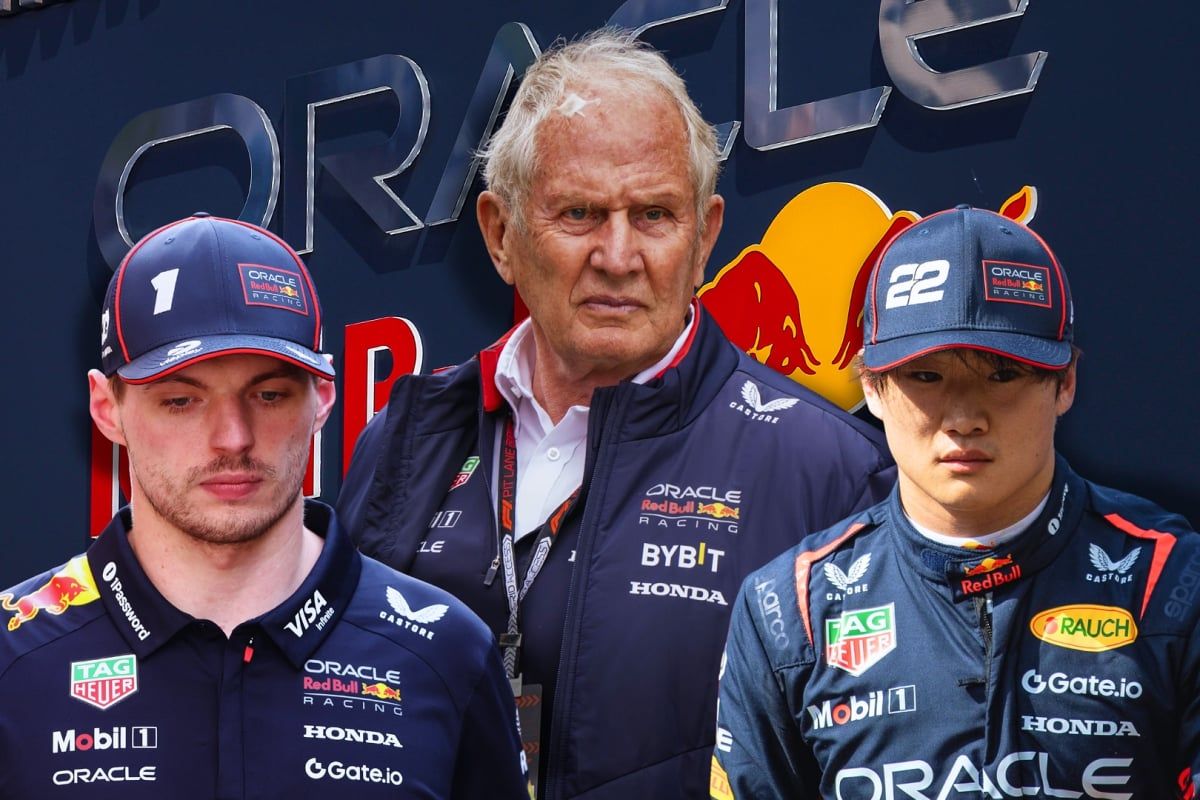Mercedes F1 Star Hit by FIA-Deleted Lap Ruling After Canadian G… read more
The Canadian Grand Prix, a race often characterized by exhilarating displays of speed and strategic maneuvering, witnessed an unexpected turn of events following a controversial lap deletion impacting a Mercedes driver. The FIA, the governing body of Formula 1, has ruled to erase a lap completed by [Driver’s Name], a key member of the Mercedes team, for a breach of the sport’s regulations. This decision has sparked significant debate and raised questions about the fairness and consistency of the officiating process.
The incident occurred on lap [Lap Number] of the Canadian Grand Prix. Initial reports suggest [Driver’s Name] was deemed to have infringed on Article [Specific Article Number and Section] of the Formula 1 sporting regulations. The article, likely focused on track limits or safety regulations, outlines specific scenarios and penalties related to driver conduct that affects the safe and fair running of the race. According to the FIA, [Driver’s Name] drove beyond the marked boundaries of the track on their chosen racing line, a violation potentially impacting other competitors.
Eye-witness accounts from the pit lane, along with data from the race control center and live TV broadcasts, are under scrutiny as the FIA investigates the specific details of the incident. Technical analyses of the telemetry data, combined with the official measurements from the on-track markers and the stewards’ observations, played a pivotal role in the final decision. This process, while rigorous, has been criticized by some for its potential subjective interpretation.
[Driver’s Name]’s team, Mercedes, has released a statement expressing disappointment with the decision. The statement, while acknowledging the FIA’s right to adjudicate such matters, asserts that the evidence supporting the deletion was insufficient and lacked clarity. Mercedes maintains [Driver’s Name] maintained a safe and legal racing line throughout the entirety of the lap. The team has reportedly requested a full review of the evidence, hoping to have the decision overturned. They’ve stressed the importance of consistency and fairness within the sport.
This isn’t the first time such a controversy has arisen in Formula 1. The debate surrounding track limits and their enforcement has been a recurring theme in the recent history of the sport. Previous incidents have resulted in similar heated discussions, highlighting the complex nature of applying regulations to dynamic racing situations. The challenge lies in balancing the need for precise adherence to rules with the dynamism and unpredictable nature of racing itself.
The impact of this decision on [Driver’s Name]’s overall race performance is significant. The lost lap, particularly considering the competitive nature of the Canadian Grand Prix, may have impacted the driver’s ability to secure a better position and potentially even achieve a podium finish. It also raises questions about the possible effects on the driver’s morale and confidence moving forward.
The FIA, in response to the controversy, has affirmed its commitment to enforcing the rules fairly and consistently across all drivers. The organization acknowledges the delicate balance required in regulating a high-stakes sport like Formula 1. Statements from the FIA officials emphasize the importance of clear and transparent decision-making processes. They have pledged to carefully evaluate every incident and make objective judgments, while also ensuring that there is clear communication of the reasoning behind their rulings.
The incident has sparked a broader discussion within the Formula 1 community. Experts are analyzing the incident, attempting to determine whether the FIA’s methodology was appropriate and consistent with past precedents. Debate ensues on the effectiveness of using telemetry and live broadcast footage to support or refute such claims. The controversy underscores the need for a clear and readily accessible definition of track limits and an understandable explanation of when violations occur.
The FIA’s decision to delete a lap for [Driver’s Name] has reverberated through the Formula 1 paddock, creating a ripple effect that extends beyond the immediate aftermath of the race. It underscores the potential for controversy within a sport renowned for intense competition and high stakes. The outcome of this particular case, including any potential appeals, will be crucial in shaping future discussions about fair play, track limits, and the role of technology in enforcing regulations in the dynamic world of Formula 1.




